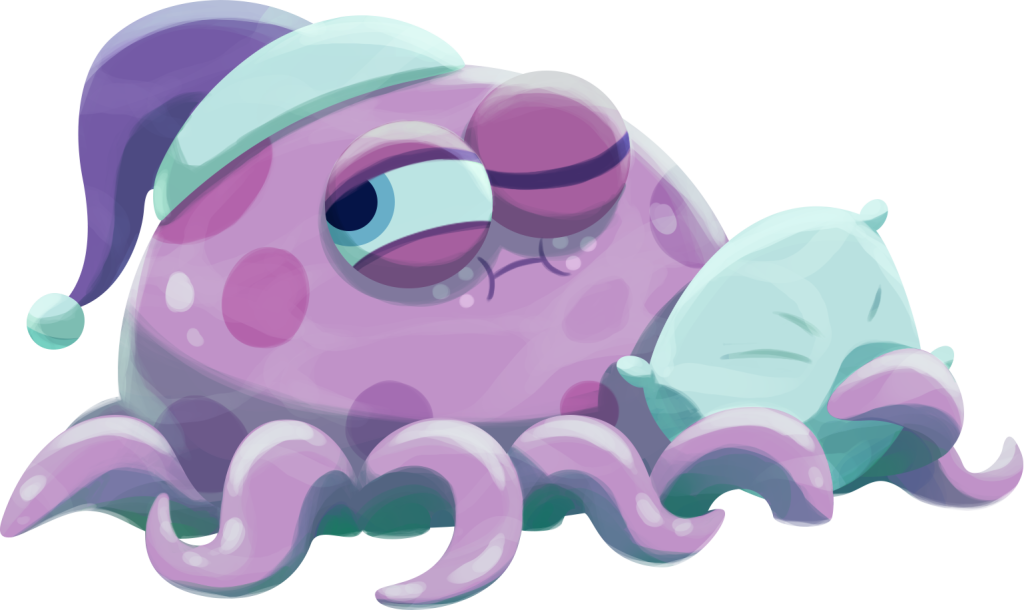What is happening in the brain when we respond to stress?
In the brain, there are many brain regions involved during emotion processing and they communicate frequently with each other. These are the amygdala, the prefrontal cortex, the cingulate cortex, the hippocampus, and the basal ganglia and they make up the emotion processing network. The amygdala is responsible for managing both positive and negative information. The prefrontal cortex, which is located at the front of the brain, is like the control centre that guides our actions. This regulates the stress response by making things seem less scary.
When we experience frightening or fearful situations, the amygdala sends messages to the prefrontal cortex to flee to safety. The amygdala and prefrontal cortex share a special connection as it is within this relationship that signals the stress response system to activate. This consists of the hypothalamus (this is the part of the brain that ‘wakes up the pituitary gland), the pituitary gland (although small, this part of the brain has a mighty job – it releases hormones that are messengers in the stress response system, sending messages to the adrenal gland. And the adrenal glands, which sit on top of the kidneys, release cortisol into the body. Scientists call this the HPA axis. If those messages are to remain in a fearful state – feeling worried, shaking, sweating, heart pounding, hiding away, your brain learns that this is the response to have for that particular emotion or experience.
We experience normal stressors daily, such as talking in front of a crowd. These will make us feel nervous or scared and our body will begin to experience those physical responses; heart racing, heavy breath, etc. This is because the amygdala has perceived stress in the environment and the pre-frontal cortex helps the amygdala to see stressful events as a little less frightening or frustrating. This process helps us to calm down and will only last a short time and there is a window here where tools and techniques that we adopt when feeling this way will help our bodies feel calm. When we experience long-lasting stressors, for example, a death in the family, long-lasting stressors make us feel sad or scared for a long period of time.
Even though our bodies have these super stress-response systems, we are best at dealing with stress when we have a little help. The special relationship we mentioned earlier, between the amygdala and prefrontal cortex does not mature until teenage-hood, therefore, children rely on the relationships around them to learn tools and help them calm down.
